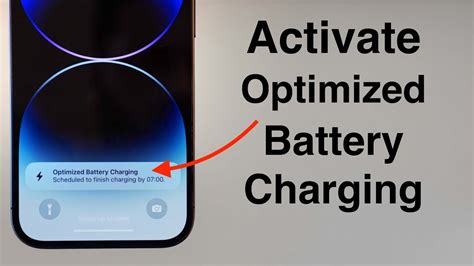Optimize your training split for peak muscle & strength with minimal time investment?
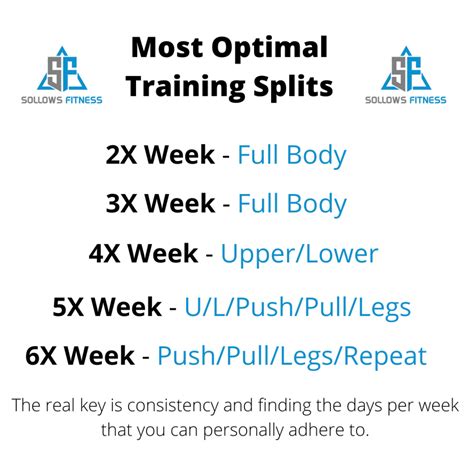
The Quest for Gains: Time-Efficient Training
In a world where time is a precious commodity, the pursuit of peak muscle and strength often feels like a luxury. Many aspire to build a strong, muscular physique, but are daunted by the perceived time commitment. The good news? You don’t need to live in the gym to make significant progress. The secret lies in optimizing your training split – strategically organizing your workouts to maximize muscle and strength gains with minimal time investment.
This article will guide you through understanding the principles of effective training splits and help you choose the best approach for your schedule and goals, ensuring every minute in the gym counts.
Understanding Your Training Variables
Before diving into specific splits, it’s crucial to grasp the fundamental variables that dictate training effectiveness:
- Frequency: How often you train a muscle group per week. Higher frequency often means more opportunities for muscle protein synthesis.
- Volume: The total amount of work performed (sets x reps x weight). There’s an optimal volume range for growth; too little won’t stimulate, too much can impede recovery.
- Intensity: The effort level of your sets, often measured by proximity to failure or the weight lifted relative to your maximum.
Balancing these three elements within a time-constrained schedule is the cornerstone of an optimized training split.
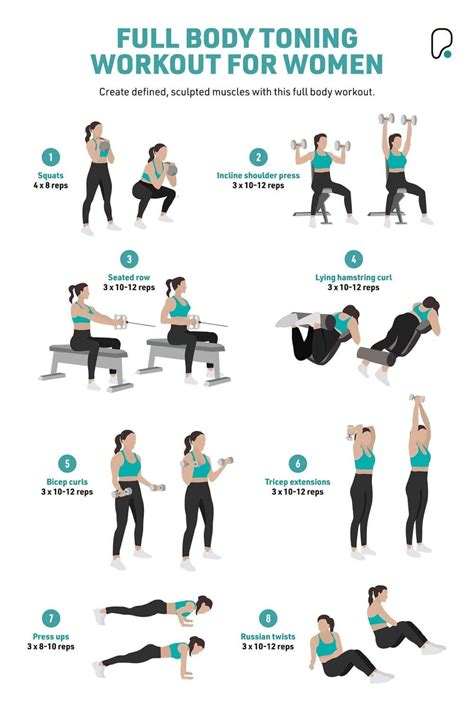
Popular Time-Optimized Training Splits
Several training splits excel at delivering results efficiently. Here are some of the most effective:
1. Full-Body Split (3 Days/Week)
Structure: You train all major muscle groups in each session, typically three times a week (e.g., Monday, Wednesday, Friday).
- Pros: High frequency for each muscle group, excellent for beginners and those with limited time. Allows for ample recovery between sessions. Great for progressive overload on compound lifts.
- Cons: Each session can be long if too many exercises are included. Fatigue can build up within a session, impacting performance on later exercises.
- Example: Squats, Bench Press, Rows, Overhead Press, Bicep Curls, Tricep Extensions, Core work.
2. Upper/Lower Split (4 Days/Week)
Structure: You alternate between upper body workouts and lower body workouts, typically four times a week (e.g., Upper, Lower, Rest, Upper, Lower, Rest, Rest).
- Pros: Allows for more volume per muscle group per session than full-body, with good frequency (each group trained twice a week). Offers a good balance between intensity and recovery.
- Cons: Requires four dedicated gym days, which might be a stretch for some schedules.
- Example:
Upper: Bench Press, Rows, Overhead Press, Lat Pulldowns, Bicep Curls, Tricep Pushdowns.
Lower: Squats, Deadlifts/Romanian Deadlifts, Lunges, Leg Press, Hamstring Curls, Calf Raises.
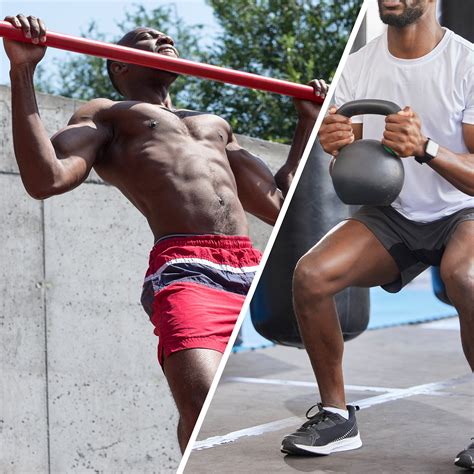
3. Push/Pull/Legs (PPL) Split (3 or 6 Days/Week)
Structure: Divides workouts based on movement patterns: Push (chest, shoulders, triceps), Pull (back, biceps), Legs (quads, hamstrings, calves). Can be run 3 times a week (one rotation) or 6 times a week (two rotations).
- Pros: Highly versatile. The 3-day version offers good frequency for each muscle group (once a week, or 1.5 times if cycled) and allows for good recovery. The 6-day version allows for very high volume and frequency for advanced lifters.
- Cons: 3-day version might be too low frequency for some if not executed with high intensity and volume per session. The 6-day version is very demanding and time-consuming.
- Example (3-day cycle):
Push: Bench Press, Overhead Press, Incline Dumbbell Press, Lateral Raises, Tricep Pushdowns.
Pull: Deadlifts/Bent-Over Rows, Lat Pulldowns, Face Pulls, Bicep Curls.
Legs: Squats, Leg Press, Romanian Deadlifts, Leg Extensions, Hamstring Curls, Calf Raises.
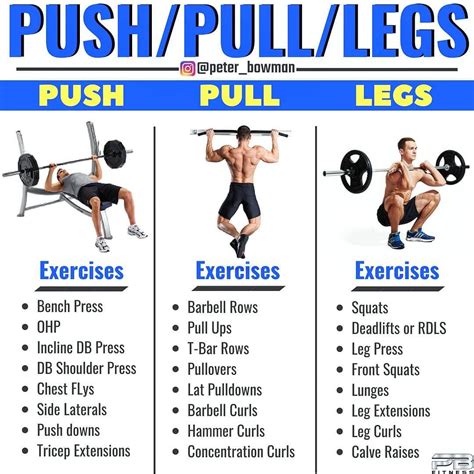
Key Principles for Maximizing Efficiency
No matter which split you choose, these principles will ensure you get the most out of every minute:
Prioritize Compound Movements
Exercises like squats, deadlifts, bench press, overhead press, and rows work multiple muscle groups simultaneously, offering the biggest bang for your buck. Start your workouts with these heavy lifts to maximize strength and muscle activation.
Embrace Progressive Overload
To continually build muscle and strength, you must progressively challenge your body. This means gradually increasing the weight, reps, sets, or decreasing rest times over time. Consistent progression is more important than any specific split.
Focus on Quality, Not Just Quantity
Execute each repetition with proper form and a strong mind-muscle connection. It’s better to do fewer quality sets than many sloppy ones. High-quality work leads to better stimulation and reduces injury risk.

Don’t Neglect Recovery & Nutrition
Your muscles grow outside the gym. Ensure adequate sleep (7-9 hours), manage stress, and fuel your body with a balanced diet rich in protein, complex carbohydrates, and healthy fats. Without these, even the best training split will fall short.
Track Your Progress
Keep a workout journal. Document the exercises, sets, reps, and weight for each session. This allows you to monitor your progressive overload, identify what’s working, and make informed adjustments.
Finding Your Perfect Split
The “best” training split is ultimately the one you can adhere to consistently, that challenges you, and that allows for adequate recovery. Experiment with different splits for 4-6 weeks at a time. Pay attention to how your body feels, your energy levels, and your strength progression. You might find that starting with a full-body routine is perfect, then transitioning to an upper/lower as your strength and capacity increase.
Remember, consistency over time is the ultimate driver of results. Pick a split that fits your life, commit to it, train hard, and watch your muscle and strength soar, even with a minimal time investment.
